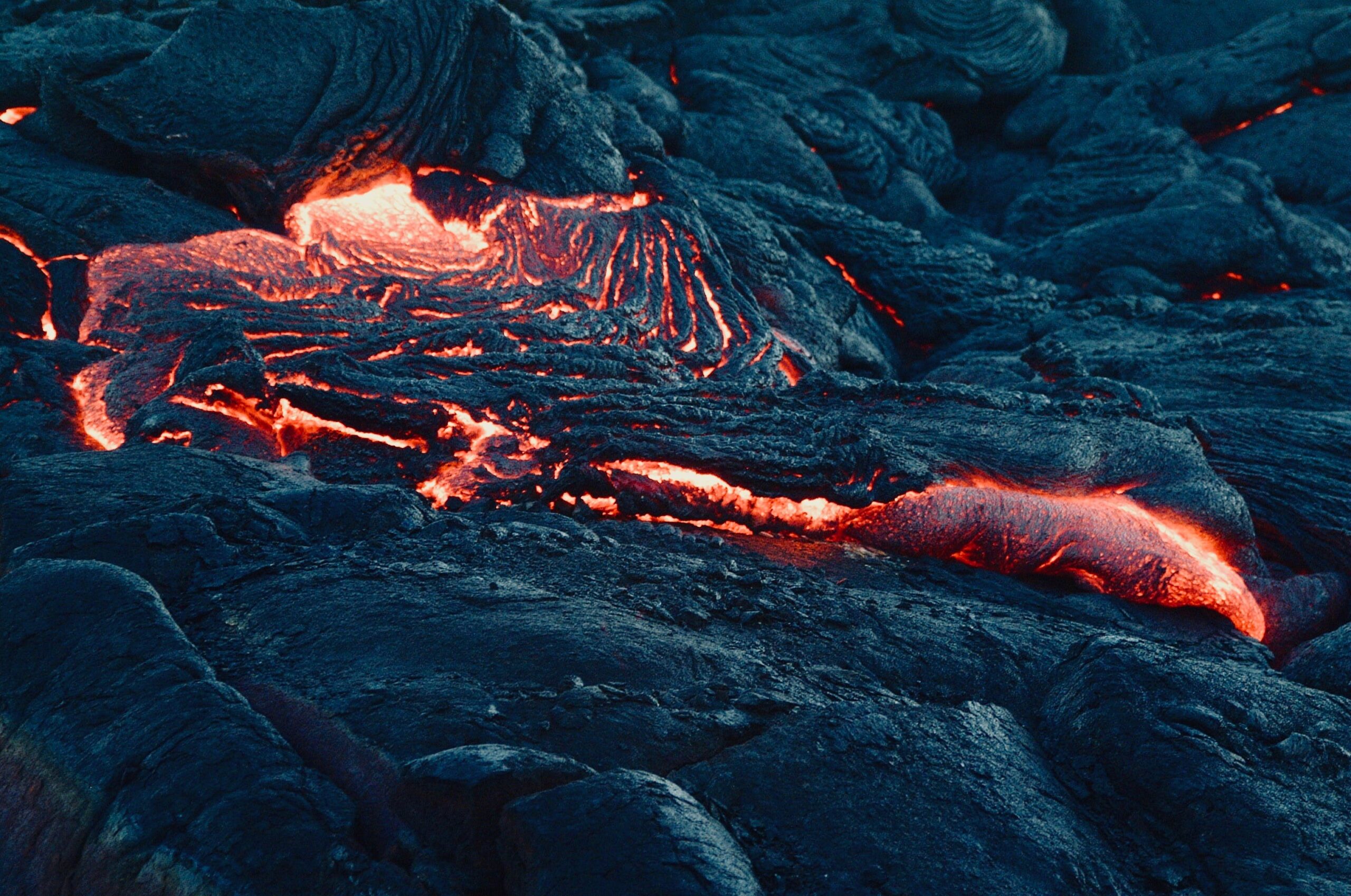Iceland is currently facing an escalating risk of a volcanic eruption, prompting authorities to declare a state of emergency. The concern has arisen following a series of earthquakes, leading to the evacuation of the southwestern town of Grindavík as a precautionary measure.
The Icelandic Meteorological Office (IMO) has reported a significant probability of an eruption occurring on or near the Reykjanes Peninsula, with the likelihood increasing since the morning. According to the IMO, an eruption could potentially occur in the coming days. Professor Thor Thordason, a volcanology expert at the University of Iceland, highlighted the active 15km-long magma river beneath the peninsula, expressing concern that an eruption might be imminent, particularly within the boundaries of Grindavík.
Recent weeks have witnessed a surge in seismic activity around the Fagradalsfjall volcano, leading to more than 20,000 recorded tremors in southwest Iceland since late October. The region had remained dormant for 800 years before experiencing an eruption in 2021.
The Icelandic Civil Protection Agency ordered the evacuation of Grindavík after the IMO indicated the possibility of a magma tunnel reaching the town. While emphasizing that it was a preventive measure and not an immediate emergency evacuation, authorities urged residents to remain calm, citing sufficient time to react.
Roads leading to Grindavík are closed, except for emergencies, to facilitate the safe movement of traffic. Journalist Alda Sigmundsdottir in Reykjavik reported that residents were returning to the town to collect essential belongings and pets while awaiting the potential eruption.
The volcanic activity has already caused damage in the area, with reports of road cracks and subsidence at the Grindavik golf course. The Blue Lagoon landmark was also closed due to increased seismic activity in the region.
Iceland, known for its geological activity, has around 30 active volcanic sites. The recent uptick in volcanic events follows the eruptions at Litli-Hrutur (Little Ram) in the Fagradalsfjall area in 2021, 2022, and 2023, attracting tourists to witness the emergence of the “world’s newest baby volcano.”
![]()
